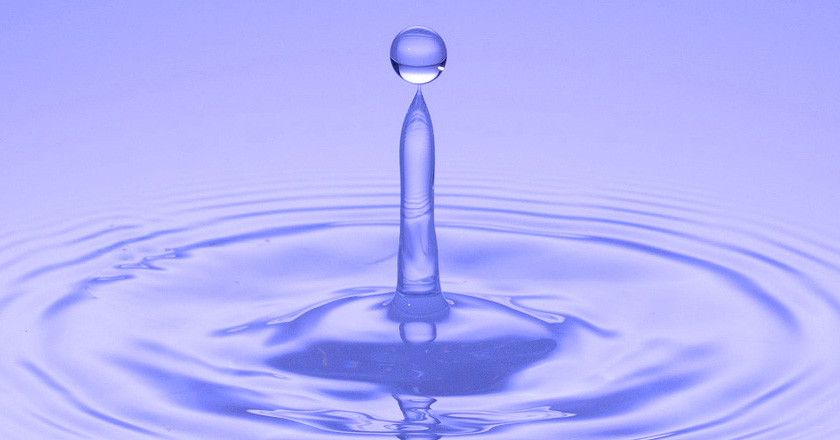
Glycols
Glycols are a type of chemical compound that contains two hydroxyl groups (-OH groups) resulting from the reaction of water with ethylene oxide.
In general, all glycols are presented as clear, transparent, odorless and low volatile liquids. In addition, low molecular weight glycols are completely miscible in water and most have a great ability to dissolve in most organic compounds.
Given its composition, we can classify glycols according to their complexity:
- Monoethylene glycol (MEG) is obtained by reacting one mole of water with one mole of ethylene oxide.
- Diethylene glycol (DEG) is obtained from the reaction of one mole of monoethylenglycol with one mole of ethylene oxide.
- Triethylene glycol (TEG) is obtained from the reaction of diethylene glycol with more ethylene oxide moles.
Low molecular weight glycols are completely miscible in water and most have a great ability to dissolve in most organic compounds.
Glycols have many uses and applications, and are used in a huge variety of industries:
- They are ideal for the manufacture of polyester and polyurethane as an intermediate product.
- Used in printing inks such as solvents, water paints as drying timer and stabilizer.
- Used in antifreeze and coolant solutions for automobiles, they are used as reducing the freezing point.
- Especially higher molecular weight glycols are used in lubricants and plasticizers.
- Glycols with USP are used as excipients, solvents and preservatives, used in creams, perfumes and other body care solutions.
Glycols are the most common:
Finally, it is important to know that the glycols are considered toxic substances harmful to the environment. According to the rules ADR, they are classified as toxic organic liquid, without subsidiary risk.
Click here to see our glycols or to contact us for further information.
